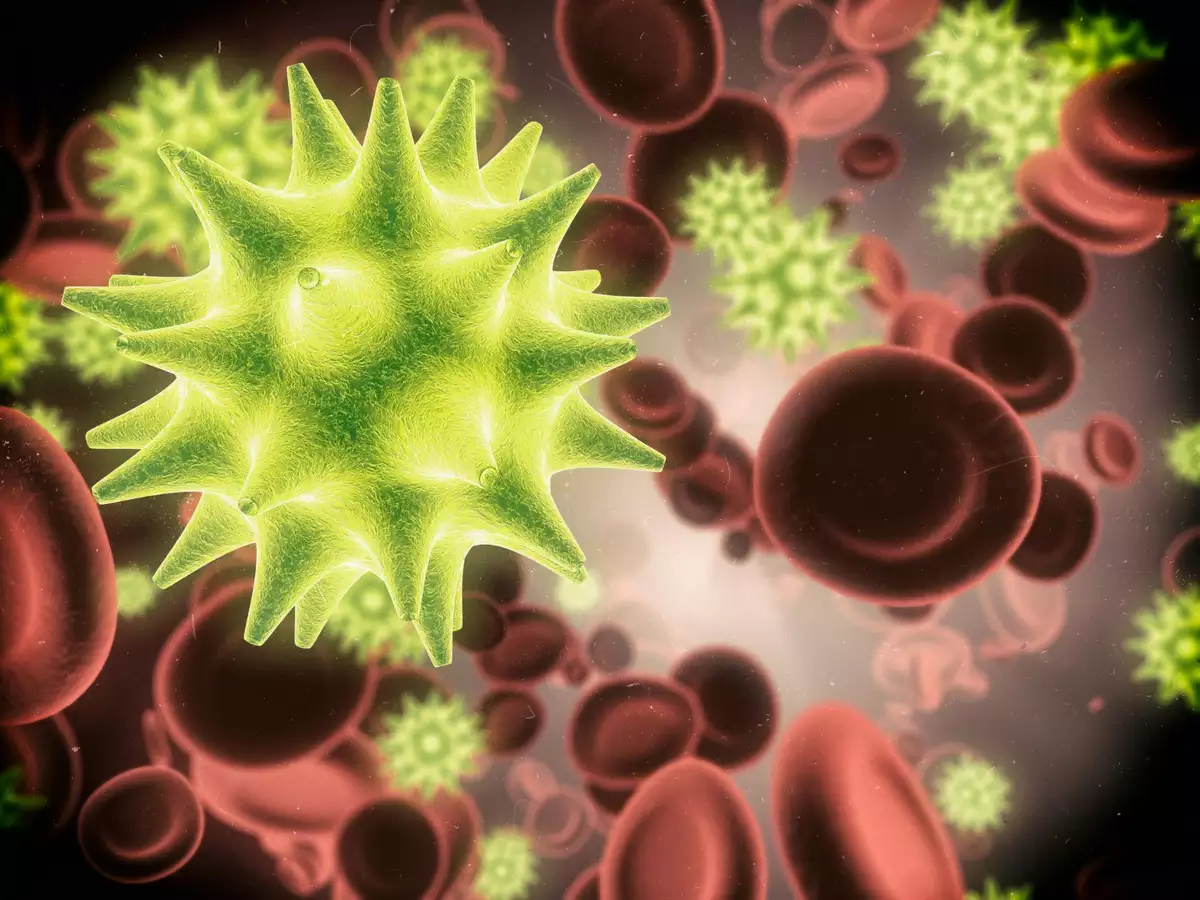With more than six hundred known human viruses and the constant emergence of new pathogens, experts say climate change, globalisation and zoonotic factors are accelerating the emergence of viral threats. The question is: do we have the means to withstand the next pandemic?

A recent review published in Virology focused on the increasing diversity of human viruses, their epidemiological impact and prevention measures to counter emerging threats.
Metagenomics and new challenges
Metagenomics technologies have unlocked viruses’ hidden wealth. Today, more than 10 million viral sequences are stored in the GenBank database, which helps to identify previously unknown human viruses. However, the extent to which these pathogens are pathogenic is still a big question.
Interestingly, about half of the world’s population is at risk of contracting the dengue virus (DENV ), a mosquito-borne disease that has seen a significant increase in reported cases (by as much as 1200% in two decades from 0.5 million in 2000 to 6.5 million in 2023). At the same time, the actual figures could reach 400 million cases annually.
Viral infections have often left their mark on human history – from the Black Death to the COVID-19 pandemic. Some viruses, such as smallpox, have been eradicated through vaccination, but others are still spreading, evolving, and threatening public health.
Metagenomic analysis continually reveals new viruses, while many remain dark horses whose pathogenic properties are not fully understood. The ability of viruses to mutate and cross species barriers – a process accelerated by globalisation, climate warming and the expansion of human activities within wildlife – is leading to the continuous emergence of new threats.
Linking climate and wildlife
Climate change enables mosquito-borne viruses (including DENV and Zika virus, ZIKV) to spread more widely in regions where outbreaks were previously rare. In addition, zoonotic viruses, such as SARS-CoV-2, have shown how unexpectedly new infections can emerge.
Bats are a significant reservoir for many viruses, including SARS-CoV-2, Ebola (EBOV), Marburg (MARV) and Nipah (NIV). At the same time, pigs (NiV) or camels (MERS-CoV) can be intermediate “bridges” in the transmission of these pathogens to humans.
To effectively anticipate and prevent potential pandemics, scientists need to develop research and improve the monitoring of emerging viruses.
Diversity of human viruses and their evolution
Some of the most lethal viruses, such as Marburg (mortality rate of up to 88%) and Nipah (mortality rate of up to 71%), still have no specific treatment. Doctors can only offer supportive care.
Over the past century, knowledge about human viruses has grown significantly. Currently, more than 600 known viruses from 30 families are registered as human pathogens. These include arboviruses (spread by arthropods), zoonotic pathogens, and viruses that have adapted to the human population.
Arboviruses (e.g., Chikungunya – CHIKV or West Nile – WNV) are transmitted mainly by insects, while zoonotic viruses (Ebola, Lassa – LASV) originate from animal reservoirs. They are highly adaptable, enabling them to spread rapidly to new hosts and through new transmission routes.
The processes of recombination, mutation and natural selection drive the continuous evolution of viruses. A striking example is influenza A, whose antigenic shift has caused several pandemics. An equally telling example is SARS-CoV-2, rapidly changing to produce new, more contagious strains, making containment more difficult. These dynamics require constant surveillance and vaccine updates.
Modes of transmission and impact on society
Human viruses are spread through various mechanisms, from direct contact or airborne droplets to zoonotic transmission. For example, measles (MeV) and SARS-CoV are transmitted by airborne droplets, which causes high contagiousness. HIV and hepatitis B (HBV) are transmitted through blood contact or sexual contact.
Climate change is expanding the range of Aedes and Culex mosquitoes, which transmit deadly diseases such as dengue, Zika and West Nile, even in temperate areas.
The economic losses and social impact of viral epidemics are very significant. Outbreaks can overload healthcare systems, cause loss of income, disrupt education, etc. In addition, regions affected by viruses such as DENV and yellow fever (YFV) often suffer from a decline in tourist arrivals and business activity. In the case of the COVID-19 pandemic, we have seen global supply chain disruptions and the collapse of healthcare infrastructure.
A recent example is the rapid spread of the Oropouche arbovirus (OROV) in Latin America, where more than 10,000 cases have been reported as of December 2023. This confirms the need for enhanced monitoring and rapid response to new threats.

Global perspective and potential risks
Sudden viral epidemics and pandemics significantly impact healthcare systems and economic stability. A striking example is the more than seven million deaths related to COVID-19 worldwide. At the same time, almost half of the population is at risk of dengue infection, underscoring the complexity of arbovirus control.
Some viruses cause long-term consequences in addition to acute health effects, ranging from chronic diseases to oncogenic transformations (e.g., HPV, EBV, HBV, HCV, HTLV-1). Therefore, global collaboration, genomic surveillance, and ongoing preventive measures are becoming urgent needs.
Prevention and control of viruses
Interestingly, more than half of all human viruses can infect animals, which increases the risk of transmission between species and unexpected epidemic outbreaks.
The main ways to prevent the spread of viruses are:
- Vaccination remains the primary prevention method—examples include the successful eradication of smallpox and the significant reduction of polio. However, inadequate vaccine coverage, hesitancy to vaccinate, and logistical challenges still pose barriers. In addition, some vaccines, such as Dengvaxia, are recommended only for those already infected with DENV.
- Vector control: The destruction of insect breeding sites, genetically modified mosquitoes, and other methods are promising approaches to controlling diseases such as dengue, Zika, and chikungunya.
- Wildlife surveillance: To prevent zoonotic viruses, continuous monitoring of animal populations and proper biosecurity in livestock production is essential.
- Personal prevention: Basic but effective methods include regular hand washing, wearing masks during peak disease periods, and safe sexual behaviour.
Implementation of these approaches is impossible without global coordination. The World Health Organisation (WHO) has identified priority pathogens, including “disease X”, a hypothetical future threat that could cause a large-scale pandemic. Proper preparation requires a strong healthcare system, affordable diagnostics, and increased research into antiviral drugs.
Looking to the future
The threat of a new pandemic, whether caused by known (e.g. influenza or coronaviruses) or undetected (“disease X”), is constantly growing. Climate change, urbanisation and active international travel only multiply these risks.
The ongoing search for vaccines and improved vector control methods must be complemented by enhanced diagnostic capabilities, rapid response, and innovative approaches to meet future challenges. The COVID-19 pandemic has clearly demonstrated the urgent need for a rapid and comprehensive response strategy, from genomic surveillance to logistics and public communication.
Thus, to effectively counteract viral threats, the scientific community and governments of different countries must continue to consolidate their efforts, promoting early detection of new pathogens, developing prevention and building flexible, resilient healthcare systems. After all, new outbreaks are not a question of “will they happen?” but “when?”






